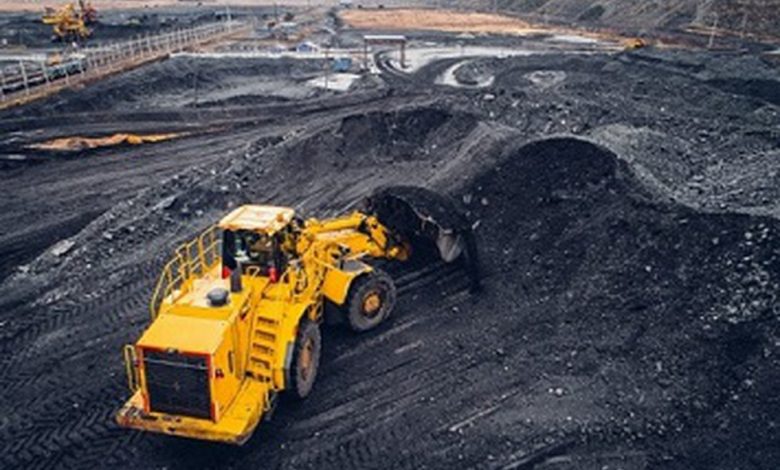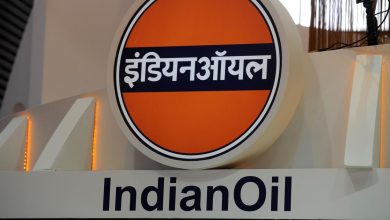India Being Targeted For Coal Reliance Is Hypocritical & Unjust
Glasgow Agreement only targeted coal, avoiding mention of other fossil fuels like natural gas and oil

The western developed rich nations all agree that phase out of coal is a relatively cheap and easy option to reduce emissions. All these countries are doing is shifting away from coal because they happen to have a supply of natural gas, that’s very asymmetrical and doesn’t help the environment enough. Both natural gas and oil just like coal, do contribute to GHG emissions. But a more robust action over fossil fuels was ‘stonewalled in COP 27 by a number of large emitters and oil producers while India does keep being targeted for heavy coal reliance for its energy needs which is hypocritical and unjust.
India setting a net zero target and agreeing to phase down of coal last year in COP 26 was surely a step forward from where it was in terms of national policies and commitments. But when midway through COP27 in Sharm el-Sheikh this year, India proposed that the decision text should call for phasing down all fossil fuels rather than making a villain out of only coal, they finished marathon climate talks without further addressing the root cause of those disasters — the burning of fossil fuels.
The agreement in Glasgow had only targeted coal while avoiding mention of other fossil fuels such as natural gas and oil, which are used in abundance by the US and European countries.Even though the most effective way to reduce harmful GHG emissions is to phase out fossil fuels entirely.
The US accounts for 41% of the world’s LNG capacity that is currently under development. US gas production is on track to increase by 9% between 2021-2030, yet to align with the IEA Net Zero Emissions scenario gas production needs to decline by 25% over this period.
The US move away from coal was matched almost one to one by an uptake in the use of natural gas, which is a cheap domestically available resource in the country. While natural gas is less polluting than coal, it is still a fossil fuel and is highly problematic for the climate.
Far from the phase-down of coal that COP26 called for in Glasgow, it is a pronounced phase-up that the world has seen this year. The large disruption of conventional energy supplies by the Ukraine war has sent Germany reviving coal-fired plants and China mining record volumes.
Rich countries have fallen horribly short of their commitments to help developing countries make a just-transition from fossil fuels. Their historical emission contributions aside, look at the place from where these countries are asking India to clean up.
India’s position highlights how the issues of climate injustice are still rife, with developing countries expected to meet the same commitments as wealthy developed countries, who have historically emitted the most and also have access to vast financial resources and alternatives such as natural gas.
US energy use per capita is 6,804 kg of oil equivalent compared to India’s 637 kg. Of course, India is making significant investments in renewables. But worst climate impacts on the below poverty line population of our country with heat waves & floods means such new demands that our energy security remains dependent on coal.
Whereas India submitted its Long-Term Low Emission Development Strategy to the United Nations Framework Convention on Climate Change (UNFCCC), during the 27th Conference of Parties (COP27) .. With this, India joins the club of 57 countries that have long term low emission growth strategies as required by the Paris Agreement. Unlike the NDCs which specify targets to be achieved in the 2030 timeframe, the long term document is more strategic in nature. However, the strategy makes it clear that the long-term vision is contingent on the development of technologies, missions, and mainstreaming of climate finance. The strategy emphasises, in particular, the necessity and willingness of the international community to provide space for growth to developing countries like India on the basis of equity and avoid linkages with trade.
India’s intervention reflects its lack of choices – the country does not have significant oil and gas reserves and spends more than $100bn (£75bn) each year to import these, and nuclear power accounts for less than 2% of its electricity capacity. We need governments to be eyeing fossil fuel phase out – not looking for ways to justify fossil fuel expansion. The final text contains weaker language on 1.5°C, does not extend “phase down” to all fossil fuels, and lacks commitment to further reduce emissions
Hastening India along the change path should be done via more finance and technology support which is sadly lacking. Thus, even if coal has to keep playing an important role in India until at least 2040, it must not be business as usual. Instead, cleaner technologies must be harnessed in extracting and deploying it.
India also has to navigate an internal just-transition challenge as 85% of coal production is concentrated in the relatively poor eastern and central states, while over 60% of renewable energy potential and 80% of current capacity is concentrated in relatively wealthy southern and western states. When the political economy has to transition millions of livelihoods, blunt-force approaches are near unaffordable.
The writer of this article is Dr. Seema Javed, a known Environmentalist, Journalist and Communications Expert




